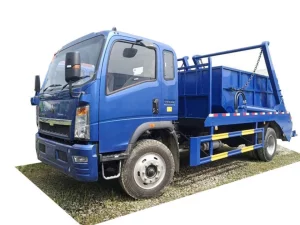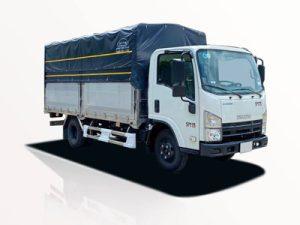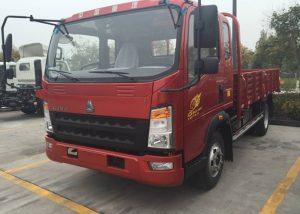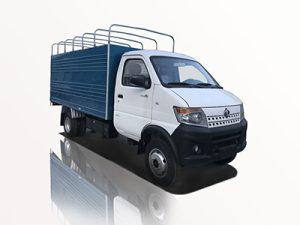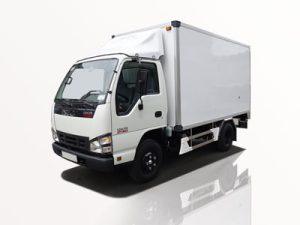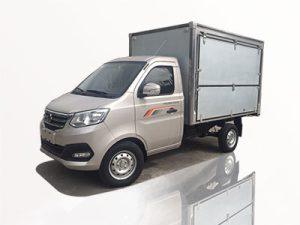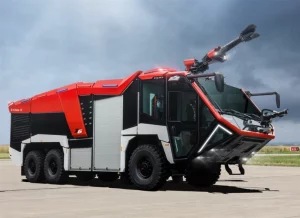Monday to Saturday - 8:00 -17:30
Wheel Lift Grid: A Comprehensive Guide to Understanding and Utilizing This Essential Tool
The wheel lift grid is a crucial tool in the automotive industry, particularly for tow trucks and car carriers. With its ability to securely lift vehicles, understanding its components and functionalities will enhance efficiency, safety, and productivity in roadside assistance and vehicle transportation. This article delves deep into what a wheel lift grid is, how it works, its benefits, and practical applications.
What is a Wheel Lift Grid?
A wheel lift grid is a specialized apparatus designed to lift and transport vehicles by engaging with their wheels. Typically associated with tow trucks, this grid allows for safe and secure vehicle retrieval without the need for a flatbed trailer. It consists of a series of adjustable arms and platforms that align with the wheels of a vehicle, enabling a controlled lift.
Key Components of a Wheel Lift Grid
- Hydraulic System: Provides the lifting power.
- Adjustable Arms: Ensure compatibility with different vehicle sizes.
- Base Frame: Supports the entire structure, allowing for stability during operation.
- Control Mechanism: Typically located within the driver’s cabin for easy access.
How Does a Wheel Lift Grid Work?
The operation of a wheel lift grid is fairly straightforward. Once the operator positions the grid under a vehicle’s wheels, the hydraulic system engages, lifting the vehicle off the ground. The adjustable arms then secure the vehicle, allowing it to be driven away or transported without damage.
Step-by-Step Operation of a Wheel Lift Grid
- Positioning: Align the wheel lift grid with the wheels of the vehicle to be towed.
- Engagement: Extend the adjustable arms and secure them around the wheels.
- Lifting: Activate the hydraulic system to lift the vehicle off the ground.
- Transport: Once lifted, the vehicle can be moved safely to the desired location.
Benefits of Using a Wheel Lift Grid
Understanding the advantages of a wheel lift grid can help automotive businesses improve their processes. Here are some benefits:
1. Versatility
Wheel lift grids can accommodate various vehicle types, from cars to SUVs and light trucks, making them an indispensable tool for towing and transportation services.
2. Enhanced Safety
By lifting vehicles at their wheels, the potential for damage to the car’s underside is significantly reduced compared to traditional towing methods.
3. Efficiency in Operations
The ability to quickly secure and lift vehicles allows for faster responses to roadside assistance calls, improving overall service efficiency.
4. Cost-Effective Solution
Investing in a wheel lift grid can lead to lower operational costs due to decreased wear and tear on vehicles and increased versatility compared to flatbed towing systems.
5. User-Friendly Design
Modern wheel lift grids feature intuitive designs and easy-to-use controls, allowing operators to quickly master the equipment and reduce the likelihood of operational errors.
Practical Examples of Wheel Lift Grid Usage
Below are various examples of how wheel lift grids are utilized in real-world scenarios:
Example 1: Roadside Assistance
Imagine a driver experiencing a flat tire. A tow truck equipped with a wheel lift grid can quickly and securely lift the vehicle, providing services such as tire changes or battery boosts.
Example 2: Inoperable Vehicles
If a vehicle has broken down due to mechanical failure, the wheel lift grid allows towing companies to retrieve the car without unnecessary damage, ensuring the recovery process is efficient.
Example 3: Impounding Vehicles
Local law enforcement uses wheel lift grids to impound vehicles without damaging them, ensuring that seized vehicles remain intact for potential legal proceedings.
Example 4: Car Dealerships
Car dealerships utilize wheel lift grids to transport vehicles between locations or to assist in moving them during inventory checks without incurring damage.
Choosing the Right Wheel Lift Grid for Your Needs
When selecting a wheel lift grid, consider the following factors:
1. Vehicle Compatibility
Ensure the grid can accommodate the types of vehicles you commonly transport. Check weight limits and wheel sizes.
2. Weight Capacity
Assess the lifting capacity of the grid. It should exceed the weight of the heaviest vehicle you plan to tow.
3. Hydraulic System Quality
Choose a grid equipped with a reliable hydraulic system to ensure durability and efficiency in lifting operations.
4. Control Mechanism
Check for user-friendly control options that allow for quick and efficient operation, especially in emergency scenarios.
5. Brand Reputation
Research reputable brands known for their quality and reliability in manufacturing towing equipment.
Maintenance Tips for Wheel Lift Grids
Maintaining your wheel lift grid is essential for longevity and safety. Here are some practical maintenance tips:
1. Regular Inspections
Conduct routine inspections for wear and any potential hydraulic leaks. Address issues immediately to avoid operational risks.
2. Lubrication
Keep moving parts well-lubricated to reduce friction and prevent wear and tear.
3. Cleanliness
Regularly clean the grid to remove dirt or debris that may obstruct its operation or cause corrosion.
4. Hydraulic Fluid Check
Periodically check the hydraulic fluid levels and replace it as necessary to maintain lifting efficiency.
5. Follow Manufacturer Guidelines
Adhere to the manufacturer’s recommendations for operating procedures and maintenance schedules to ensure optimal performance.
Future Trends in Wheel Lift Grid Technology
Tech advancements are continually shaping the automotive industry. Here are some notable trends in wheel lift grid technology:
1. Digital Controls
Digital control systems are emerging, allowing for remote operation and diagnostics, improving efficiency and safety.
2. Enhanced Materials
Manufacturers are investing in lighter and stronger materials, improving lifting capacity without increasing overall weight.
3. Automation Features
New models may include automated lifting sequences, enhancing ease of use and efficiency for operators.
4. Integration with Fleet Management Software
Technology trends also point towards integrating wheel lift systems with fleet management tools, enabling better tracking and reporting.
Frequently Asked Questions
1. What is the weight limit of a typical wheel lift grid?
The weight limit varies by brand and model, but most wheel lift grids can handle vehicles weighing up to 10,000 pounds. Always refer to the manufacturer’s specifications.
2. Is training required to operate a wheel lift grid?
While not always mandatory, proper training is recommended to ensure safety and efficiency. Many manufacturers offer training resources.
3. Can a wheel lift grid be used on all vehicles?
Wheel lift grids are designed for a wide range of vehicles, but always check compatibility with specific models, especially heavier trucks and specialized vehicles.
4. How often should I maintain my wheel lift grid?
Regular monthly inspections and maintenance checks should be conducted, with more frequent checks in high-use scenarios.
5. Are wheel lift grids safe for towing?
Yes, when used correctly, wheel lift grids are safe for towing. They provide excellent stability and minimize potential damage to vehicles.
6. What are the advantages of a wheel lift grid over a flatbed tow truck?
Wheel lift grids are generally more compact, easier to operate in tight spaces, and provide efficient loading and unloading without needing a flatbed ramp.


